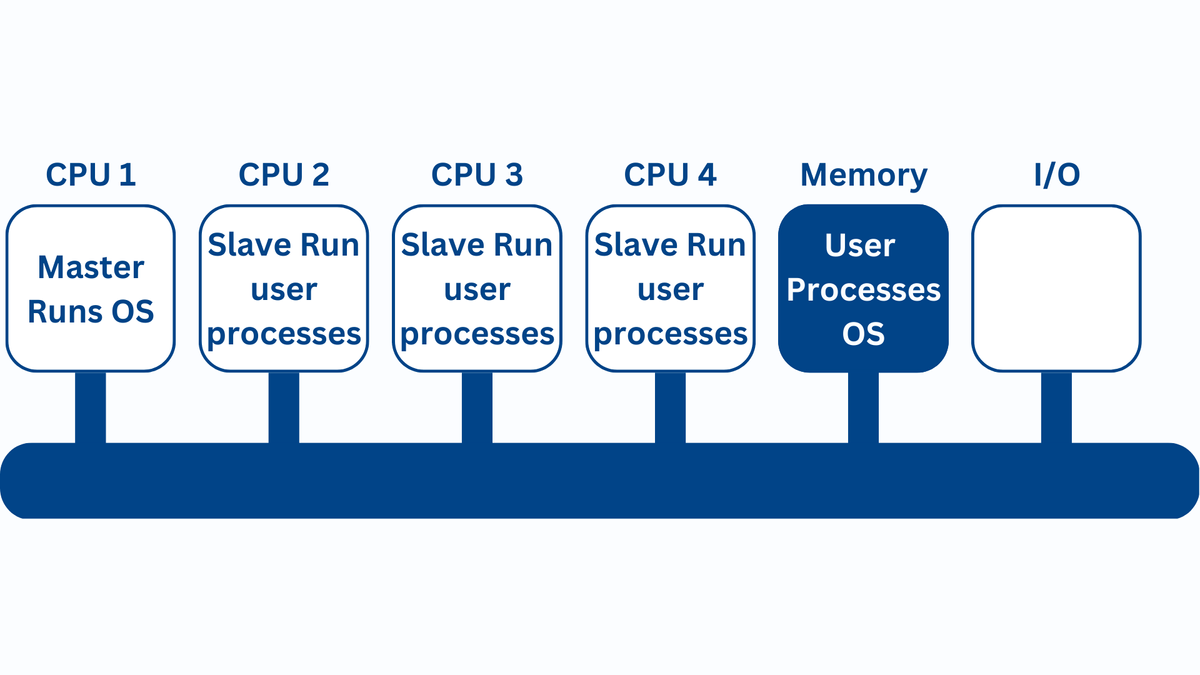Table of contents
What is Multi-Purpose Scheduling in OS?

Multi-Purpose Scheduling is a technique used in Operating Systems to manage multiple tasks efficiently. In simple terms, it means that the system can perform multiple tasks simultaneously without causing any delay. It allows the system to switch between different tasks quickly and efficiently, which leads to better performance and productivity.
Understanding the Importance of Scheduling in OS
Scheduling is an essential aspect of Operating Systems. It helps in managing the resources and ensures that the system runs efficiently. Without proper scheduling, the system will not be able to prioritize tasks and allocate resources effectively. As a result, the system’s performance will suffer, and tasks will take longer to complete.
The Different Types of Scheduling Algorithms
There are different types of scheduling algorithms that Operating Systems use. Some of the commonly used algorithms are:
- First-Come-First-Serve (FCFS) Scheduling
- Shortest-Job-First (SJF) Scheduling
- Round Robin Scheduling
- Priority Scheduling
- Multi-Level Queue Scheduling
How Multi-Purpose Scheduling Works
Multi-Purpose Scheduling works by combining the advantages of different scheduling algorithms. It uses a combination of priority scheduling, round-robin scheduling, and multi-level queue scheduling to manage tasks efficiently.
In Multi-Purpose Scheduling, tasks are categorized into different priority levels. Each priority level has its queue, and tasks are scheduled based on their priority level. The system schedules tasks in a round-robin fashion within each priority level, ensuring that all tasks get an equal share of the processor’s time.
This technique ensures that high-priority tasks are given priority while also preventing lower-priority tasks from being neglected. It also allows the system to switch between different tasks quickly and efficiently, leading to better performance and productivity.
The Benefits of Multi-Purpose Scheduling
- Improved system performance
- Efficient utilization of resources
- Enhanced productivity
- Reduced wait time
- Better response time
Conclusion
Multi-Purpose Scheduling is an efficient technique that Operating Systems use to manage multiple tasks. This technique combines the advantages of different scheduling algorithms to provide an optimized system performance. By using Multi-Purpose Scheduling, you can enhance your system’s productivity, reduce wait time, and improve response time.
FAQs
- What is Multi-Purpose Scheduling?
Multi-Purpose Scheduling is a technique used in Operating Systems to manage multiple tasks efficiently. It allows the system to perform multiple tasks simultaneously without causing any delay.
- What are the different types of scheduling algorithms?
Some of the commonly used scheduling algorithms are First-Come-First-Serve (FCFS) Scheduling, Shortest-Job-First (SJF) Scheduling, Round Robin Scheduling, Priority Scheduling, and Multi-Level Queue Scheduling.
Related Topics
- Batch Operating System
- Time-Sharing Operating Systems
- Distributed Operating Systems
- Network Operating Systems
- Real-Time Operating Systems
- Scheduling
- Multi Purpose Scheduling
- Preemptive and Non Preemptive Scheduling
- Synchronization
- Semaphores
- Deadlock
- Process Management